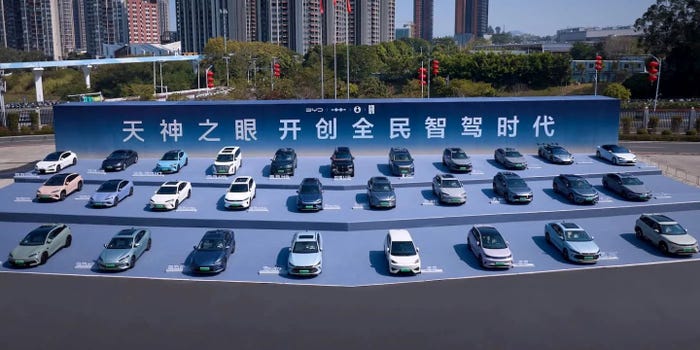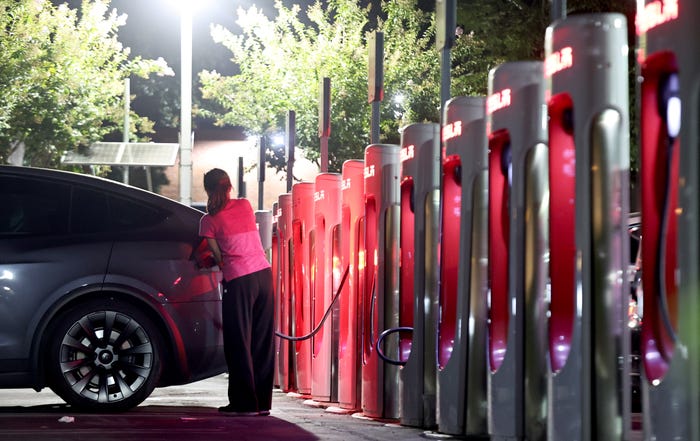Robot Uses AI in Hunt for Shock-Absorbing DesignRobot Uses AI in Hunt for Shock-Absorbing Design
The project is pitched as an experiment in robot autonomy but could result in a robot-created design material for bike helmets or car bumpers

Researchers from Boston University’s College of Engineering have launched a new robot autonomy project, asking a robot to make an object with the most efficient shock-absorbing shape possible.
The robot uses a 3D printer to create small plastic structures, recording their shape and size, and testing their ability to withstand high pressures by examining their shape and the amount of energy absorbed after being crushed.
According to the team, the robot crushes these structures with a pressure “equivalent to an adult Arabian horse standing on a quarter.”
The robot’s AI-enabled computer algorithm uses data on each object’s sturdiness to modify the design.
The robot, named “Mechanics of Additively Manufactured Architectures Bayesian Experimental Autonomous Researcher” (MAMA BEAR) was first developed in 2018 and since 2021 has been on a mission to make the most shock-absorbent shape possible.
The robot’s current iteration has run continuously for over three years, creating more than 25,000 3D-printed structures. In 2023 the robot created a shape that broke the record for energy-absorbing efficiency, hitting 75%, which surpassed the previous record of 71%.
"When we started out, we didn't know if there was going to be this record-breaking shape," said Kelsey Snapp, who oversees MAMA BEAR. "Slowly but surely we kept inching up and broke through."
The team said engineers could use the database to design better bike helmets, car bumpers and safer packaging. It is helping to inform its first real-life application – the padding for U.S. Army helmets.
The team said it will continue running the robot to see if an even more efficient shape can be created and to demonstrate the importance of autonomous research.
"We're going to keep studying this system, because mechanical efficiency, like so many other material properties, is only accurately measured by experiment," said Keith Brown, study leader. "Using self-driving labs helps us pick the best experiments and perform them as fast as possible."
About the Author
You May Also Like








